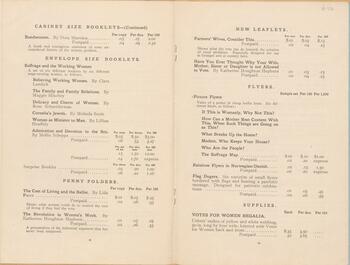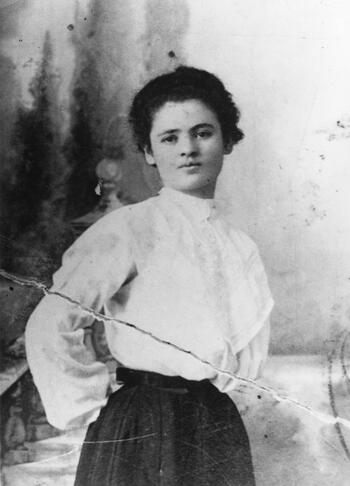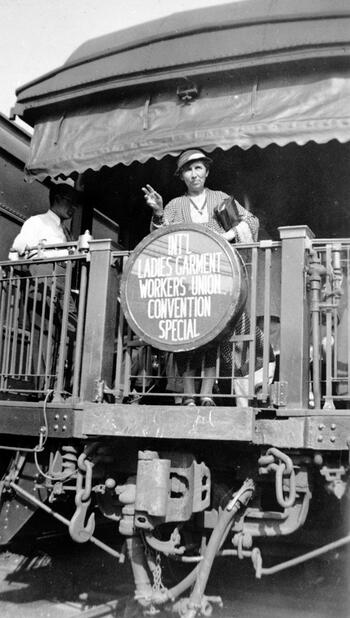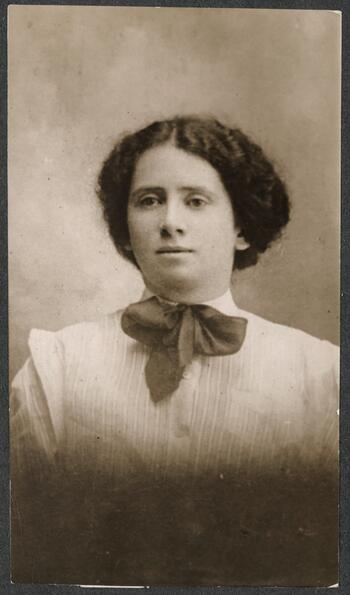Unlike many of the original colonies in North America, New York was not founded as a religious refuge. However, millions of immigrants escaping religious persecution found new homes in New York, especially in the late nineteenth and early twentieth centuries. Fannia Cohn’s brother was violently assaulted during one of the frequent anti-Jewish pogroms in Belarus, part of the Russian empire. In response, she fled and moved to New York City in 1905. Cohn, along with Clara Lemlich and Rose Schneiderman, both Jewish immigrants from Russian Poland, were leaders in the women’s trade union movement. They were also active in the woman suffrage movement in New York and helped gain women the right to vote in the state in 1917, three years before passage of the Nineteenth Amendment.
Page 17 of the Ithaca Political Study Club Scrapbook, 1917, showing articles by Rose Schneiderman and Clara Lemlich, courtesy of The History Center in Tompkins County
Scrapbook containing newspaper clippings, programs, and photographs on New York State suffrage matters, including articles by Rose Schneiderman and Clara Lemlich
Clara Lemlich, 1910, courtesy of The Kheel Center for Labor-Management Documentation and Archives, Cornell University
Activist, International Ladies Garment Workers Union leader, and founder of the Progressive Women’s Councils, Clara Lemlich (1886-1982) in a shirtwaist circa 1910. She arrived in New York in 1903 and was a leader of the eleven-week general strike in 1909 known as the Uprising of 20,000. She settled down in Brooklyn with her husband, Joe Shavelson.
Fannia Cohn waves from an ILGWU Special Convention Train, courtesy of The Kheel Center for Labor-Management Documentation and Archives, Cornell University
Cohn was elected as the first female vice president of the International Ladies' Garment Workers' Union (ILGWU) after years of prominence in the labor movement of New York City.
Rose Schneiderman, courtesy of Library of Congress, Manuscript Division, Women of Protest: Photographs of the Records of the National Woman's Party.
Formal portrait, head and chest, Rose Schneiderman, facing forward, wearing high-collared dress or blouse with large bow at neck.



